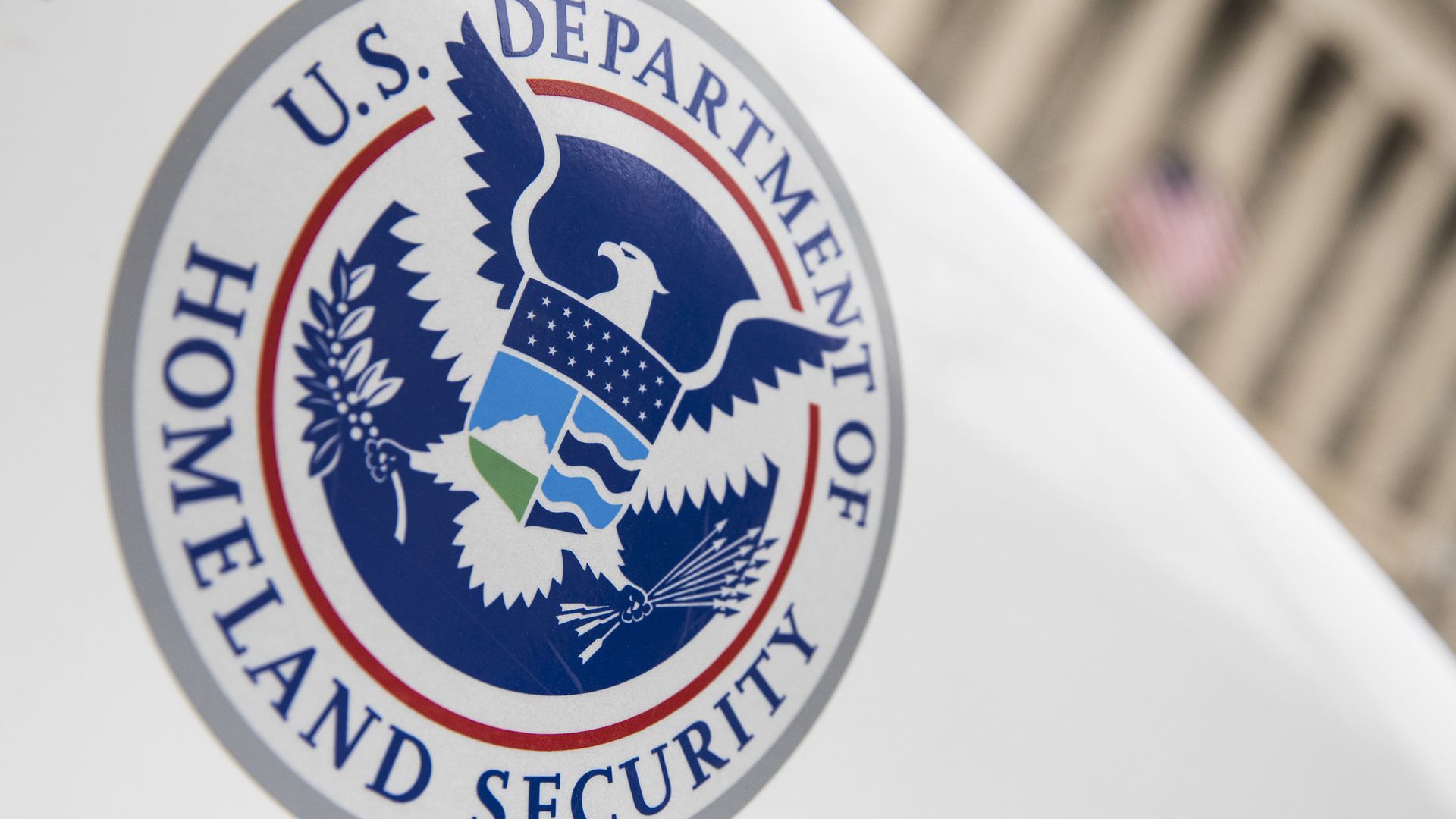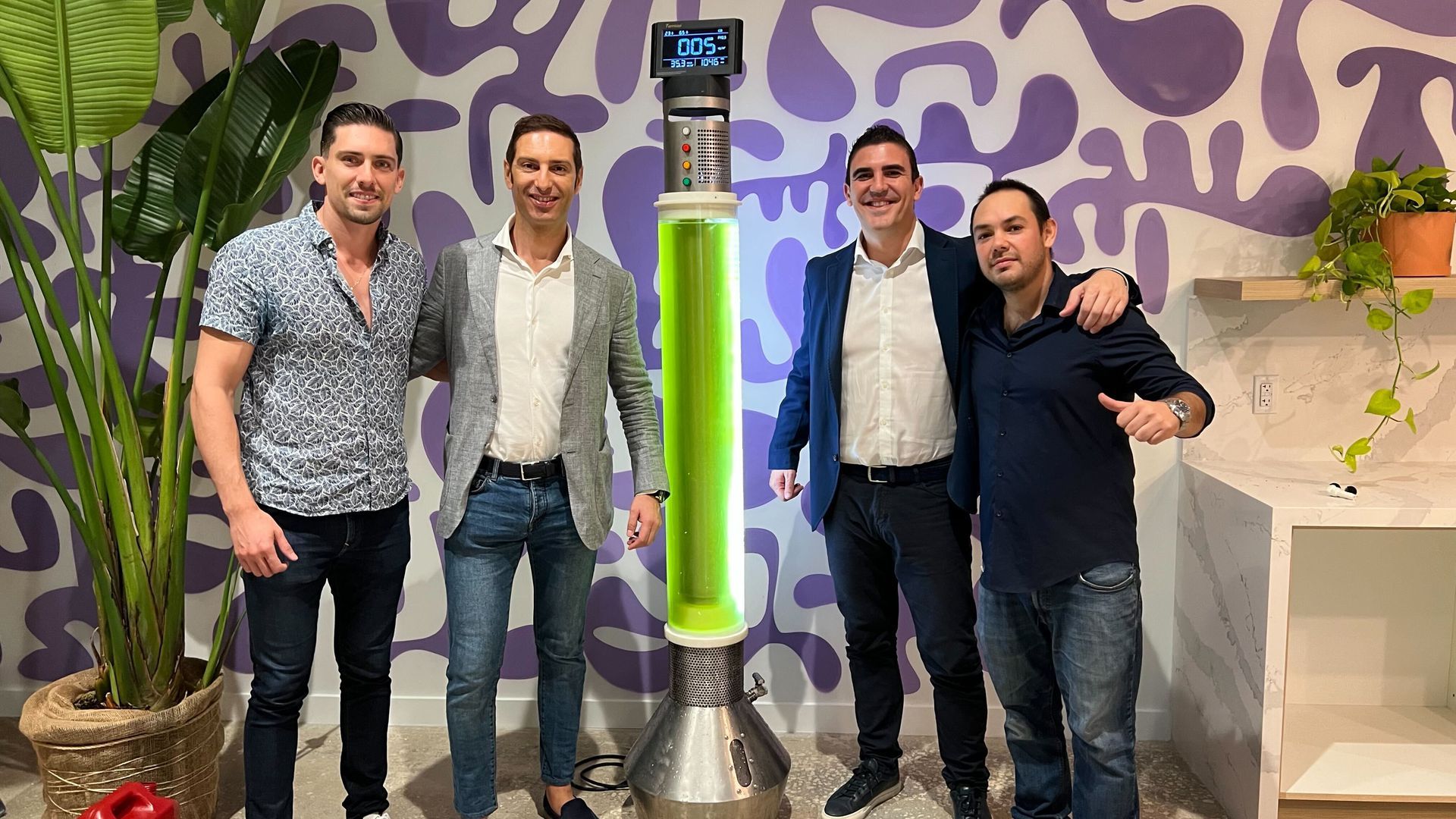| From frozen sandwiches that don't need to be nuked to pies and waffles that go from freezer to plate, food manufacturers are racing to introduce "thaw and eat" products, Jennifer A. Kingson reports. Why it matters: Americans have gotten used to eating more meals at home, thanks to the pandemic. Now that schools and offices have beckoned them back, they're seeking easier-than-ever options. Details: Frozen "thaw and eat" or "thaw and serve" products can be ready to eat in two hours or less — no microwave required. - The latest offerings are aimed at adults who grew up with Uncrustables, Eggo, and other one-handed cultural touchstones.
- Nestlé is trying to propagate the term "smeals" to refer to small meals (or sizable snacks) catering to modern consumption habits.
Driving the news: J.M. Smucker Co. just introduced a new line of Uncrustables frozen sandwiches filled with meat and cheese instead of PB&J — on the heels of Nestlé rolling out Deliwich, a line of soft-crust Hot Pockets that don't require heating. - The two familiar brands are going head-to-head, both touting the grabbable, convenient, no-mess aspect of their lunchbox-friendly sandwiches.
- Uncrustables Meat and Cheese Bites come in ham & cheddar and turkey & Colby...and so do Deliwiches.
- Smuckers is doubling down on Uncrustables, building a $1.1 billion manufacturing plant in Alabama to crank them out.
- Nestlé says Deliwiches — which some are calling "cold pockets" — are "somewhat unexpectedly" proving more popular with adults than kids.
Of note: Kraft Heinz debuted its take on this product — Launch Box sandwiches — in 2019. - Eggo unveiled its entry — Eggo Grab & Go Liege-Style Waffles, billed as "the first-ever Eggo waffle that doesn't require a toaster" — in April.
Thaw-and-serve frozen pies (from Marie Callender's, Edwards, and others) are also available. - Europastry makes thaw-and-serve sourdough bread and doughnuts.
- And the Willamette Valley Pie Company just introduced a line of almond butter with fruit sandwiches called Berryfield's.
What they're saying: Thaw-and-eat is "a territory that, while it's existed, it may not have had as many offerings that were targeted towards the consumer," Nestlé USA Chief Strategy Officer Melissa Cash tells Axios. - Cash refers to the "handheld space" and "smeals" as "an opportunity to meet the consumer where they're at in terms of behavior."
- With Deliwich (and its competitors), "you pop up and you grab something" — then you can get right back to work.
The big picture: Frozen foods underwent a renaissance during the pandemic as consumers hunkered down — and the sales bump seems to be continuing. - "The rediscovery of the frozen foods aisle has resulted in increased innovation across the industry," reports Winsight Grocery Business, a trade publication.
- Eating more meals at home is a "sticky behavior" that's outlasting the height of the pandemic — but these days people want more speed and convenience, per David Portalatin, food industry advisor at the NPD Group.
The bottom line: While Uncrustables specifically recommends against putting its sandwiches in the microwave (or toaster or air fryer), some thaw-and-eat products could probably benefit from a dose of heat. - We're looking at you, Deliwich Pepperoni & Mozzarella Frozen Sandwiches.
Share this story. | 









No comments:
Post a Comment